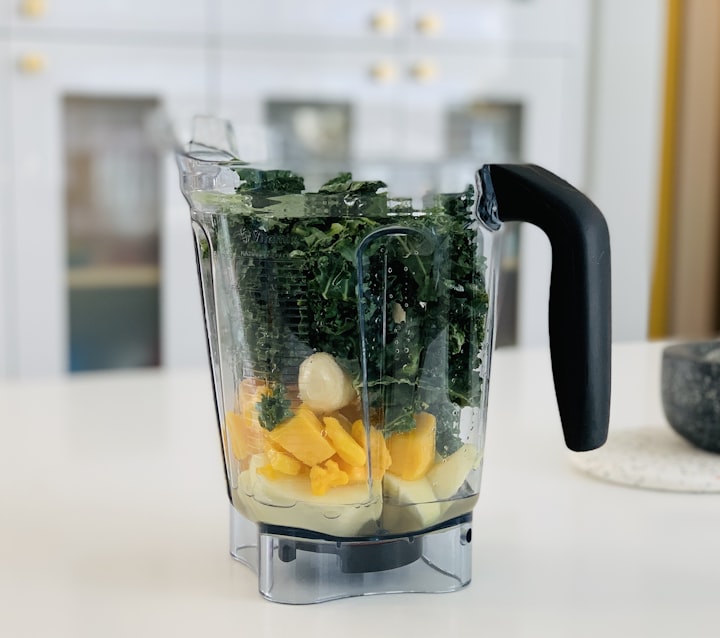Four Different Types of Blenders and Their Uses
Let's talk about blenders

In the old days, if you wanted to mix your food, you used a wooden spoon. Then smart people developed the goal. Now we have the blenders.
We have hand blenders, immersion blenders, portable blenders, those that fit in a holder, enough blenders for one person, and heavy commercial ones.
We know it can be hard to understand what you need, but don't make the common mistake of assuming that bigger is better. The different types of blenders have pros and cons and we will help you find out what you need.
Manual mixers
These are often called hand mixers and are just an electric version of the old-fashioned goal. They may have different attachments, but they are a mixer designed to beat the ingredients together.
Because they have variable speeds and multiple attachments, they are great for a range of cakes and desserts.
Benefits:
They're quite light, and since they don't have a cutting blade, you don't have to press and hold a button to make them work.
The vast majority of people only use them to beat eggs.
If you are a baker, then a manual mixer is a very economical and easy-to-store solution, especially compared to a large mixer.
Disadvantages:
Just because you don't have a cutting blade doesn't mean you can't use a hand mixer to create a very smooth dough. All you have to do is make sure the raw ingredients are already crushed to the desired size before adding them.
However, most hand mixers are not designed to make the heavy dough, such as bread dough.
Immersion blenders or stick blenders
These are probably one of the most common types of blenders.
They are portable "sticks" with a comfortable handle at one end and a chopping blade surrounded by a protective device at the other.
Immersion blenders and stick blenders are interchangeable terms, and while each brand can vary greatly in power and skill, there is no real difference when you compare an immersion blender to a stick.
Benefits:
They are very easy to clean. Most are dishwasher safe. And even if they aren't, you just need to mix a little hot water and dishwashing liquid, and the blender will come out clean.
Disadvantages:
Because the blade is exposed, you need to press and hold the button to make the blender work. Although this is a vital safety feature, it is also annoying, and for people with low hand power, it can be exhausting.
While some can crush ice, they are generally best only for mixing soup. If you want to make a seedless smoothie, it is unlikely to suit your needs. They will do a pretty good job, but there will always be a little texture left.
Single-speed blenders
These types of blenders have been popularized by NutriBullet. They come in different sizes, but most can prepare a simple drink.
Benefits:
One of the biggest advantages of using these types of mixers is speed. They are very quick to turn thick ingredients into a smooth liquid.
Another advantage is that because the blade is safely inside the container and there is no way to touch the blades while the blender is working, they are ok for children.
Disadvantages:
While some will spray raspberry or chia seeds, most will not. Leaks are also a common problem.
Countertop blenders
Not to be confused with a food processor. These types of blenders are great for drinks.
They generally have a capacity of almost 2 liters, so they are a great option if you are making drinks for a family or a party.
One thing to know when using these types of blenders is to check them carefully before using them to mix hot liquids. Most countertop blenders are designed for cold liquids.
Benefits:
I make the best drinks of all types of blenders.
Disadvantages:
Because they are strong, with a large capacity, these types of blenders are quite bulky.





Comments
There are no comments for this story
Be the first to respond and start the conversation.